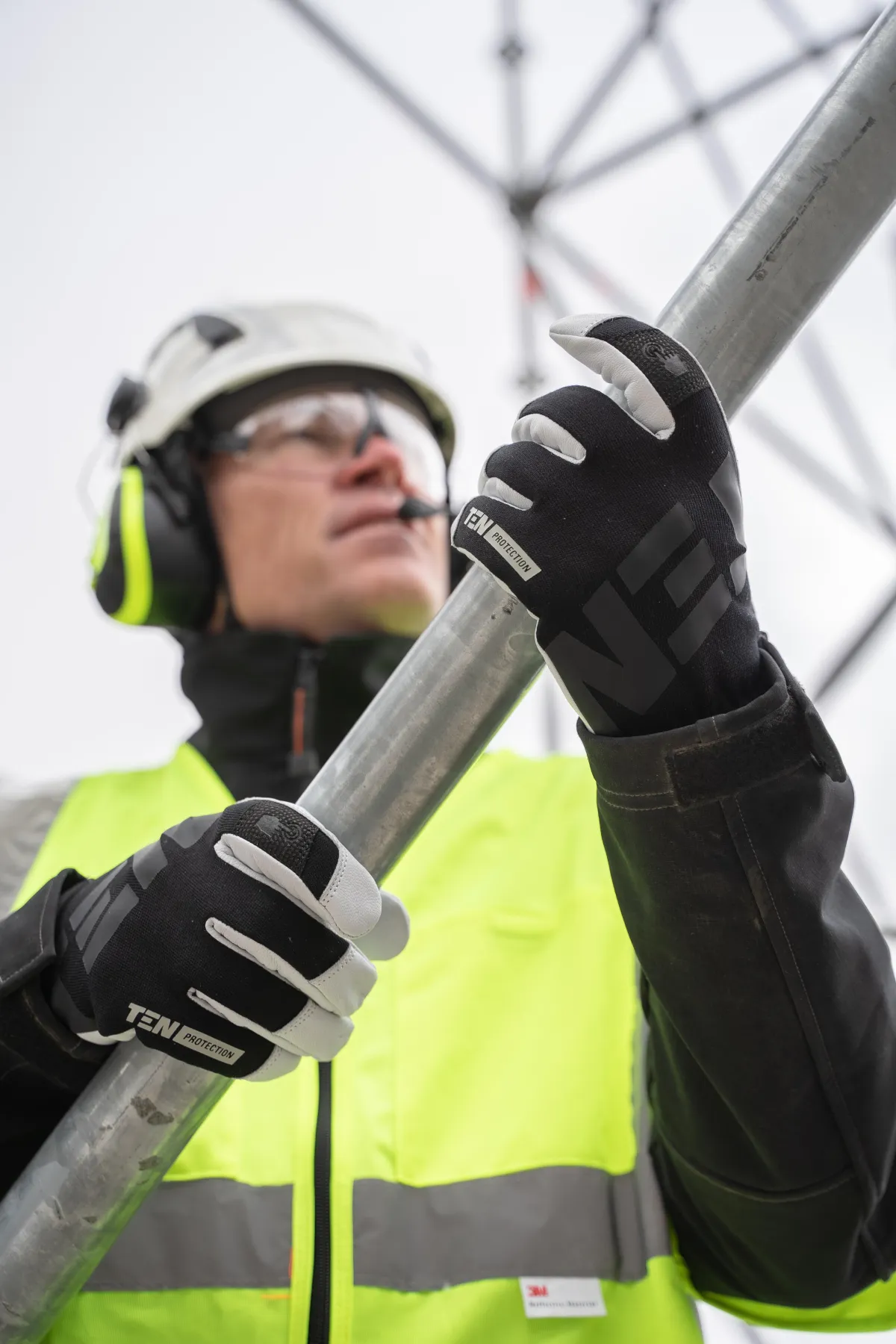The Safe Bet Blog
Learn about Safety Regulations
and how to meet Occupational Health & Safety requirements

What are the requirements for personal protective equipment (PPE) in my industry?
The requirements for personal protective equipment (PPE) can vary depending on the industry and the specific hazards present in a workplace.
In general, employers are responsible for identifying the hazards in the workplace and providing appropriate PPE to protect workers from those hazards. It's important to note that PPE should always be used as a last resort, after other measures to eliminate or control hazards have been implemented. In addition, workers must be properly trained on the use, maintenance, and storage of PPE, and PPE must be properly maintained and regularly inspected to ensure that it is in good condition and able to provide the necessary protection.
Some Common Types of PPE Include:
Eye and Face Protection,
Hearing Protection
Respiratory Protection
Hand protection
Foot protection
Head Protection
WorkSafeBC has specific requirements for PPE in various industries, and the specific requirements can be found in their regulations and guidelines. To find information on WorkSafeBC about PPE for your industry, you can start by visiting the WorkSafeBC website and look for PPE requirements and guidelines for your specific industry. You can also look for industry-specific guidelines and resources provided by WorkSafeBC, such as bulletins, guidelines, and regulations. Additionally, you can contact WorkSafeBC directly to inquire about PPE requirements for your industry or seek guidance on PPE compliance.
Here's some general guidance for setting up the policies, practices, and training that will help you get compliant on PPE:
Conduct a hazard assessment to identify potential hazards and determine the appropriate PPE required.
Provide the necessary PPE to all employees and ensure that they know how to use it properly.
Train employees on the proper use, maintenance, and disposal of PPE.
Regularly inspect PPE to ensure it is in good condition and replace any damaged or worn equipment.
Make sure that PPE is comfortable and fits properly to encourage consistent use.
Encourage employees to report any issues or concerns with PPE.
Establish procedures for cleaning and disinfecting PPE to prevent the spread of infectious diseases.
Ensure that PPE is properly stored and easily accessible for employees.
Provide appropriate signage to indicate the required PPE in specific areas.
Continuously review and update the PPE program as necessary to ensure that it remains effective and relevant to the hazards present in the workplace.
Training is an essential part of all safety compliance. The best way to train employees on PPE is through a combination of formal training sessions and ongoing reinforcement. Here are some tips:
Provide formal training: Provide training sessions to educate employees on the importance of PPE, when to use it, how to wear it properly, and how to maintain it.
Demonstrate proper use: Demonstrate how to put on, take off, and adjust PPE correctly, and have employees practice the procedures until they are comfortable with them.
Provide visual aids: Use posters, videos, or other visual aids to reinforce the importance of PPE and demonstrate proper use.
Emphasize the risks: Explain the specific risks associated with the job and how PPE can protect employees from those risks.
Encourage questions: Encourage employees to ask questions and seek clarification if they are unsure about any aspect of PPE.
Reinforce the message: Provide ongoing reminders and reinforcement of the importance of PPE, such as through regular safety meetings, posters, and other communications.
Lead by example: Ensure that managers and supervisors also wear appropriate PPE and set a positive example for employees to follow.
To learn more about Personal Protective Equipment, click here.
Related Articles
What does safety compliance mean?
Fast Track your Safety Compliance Today
